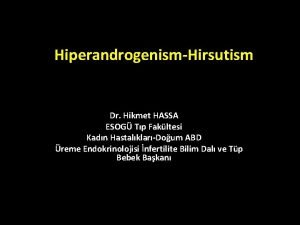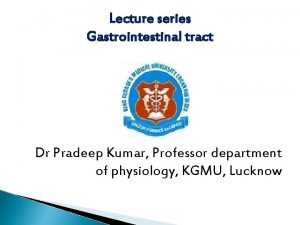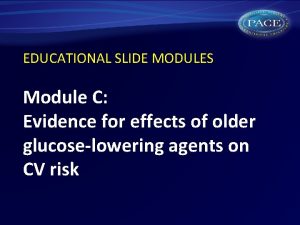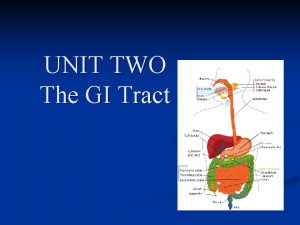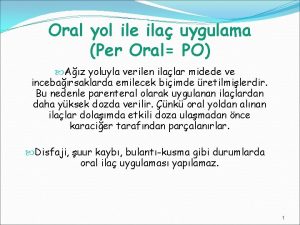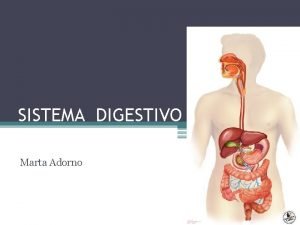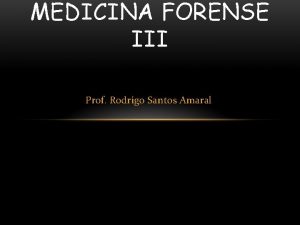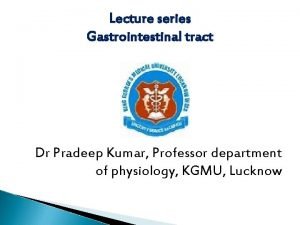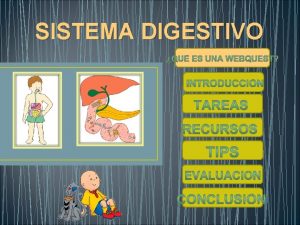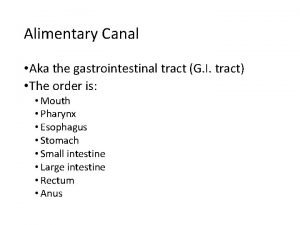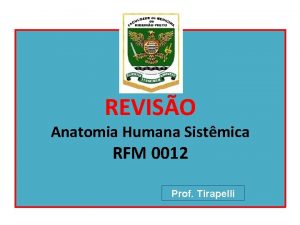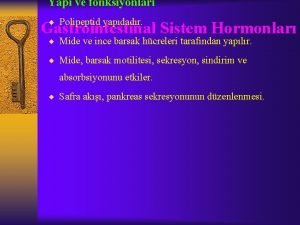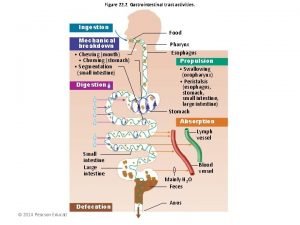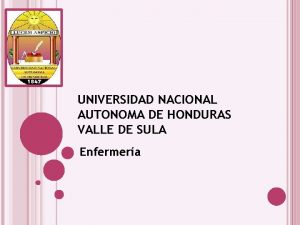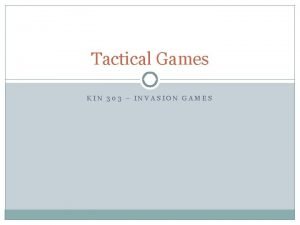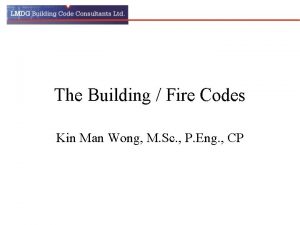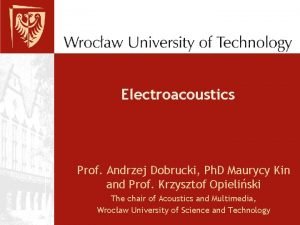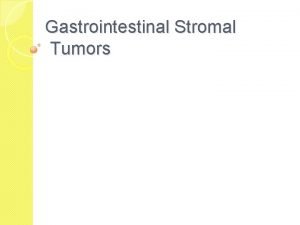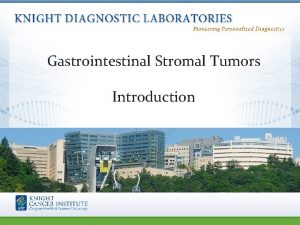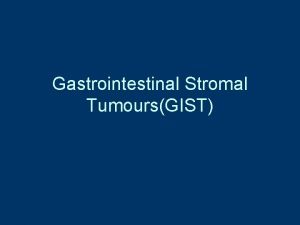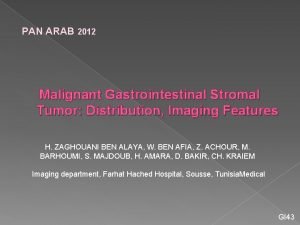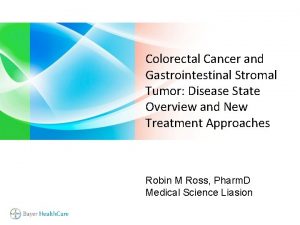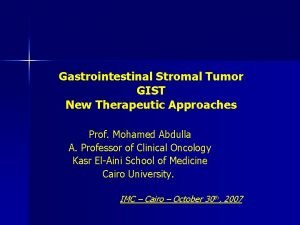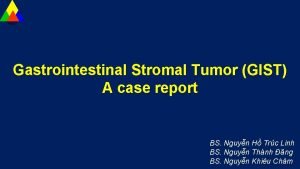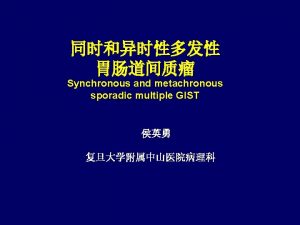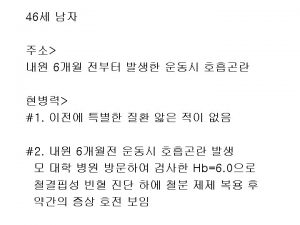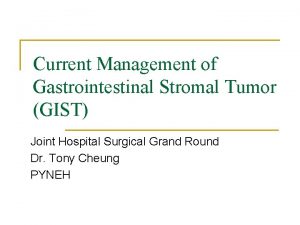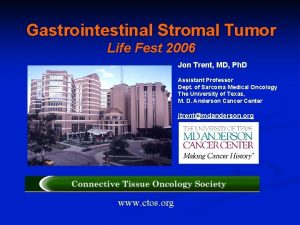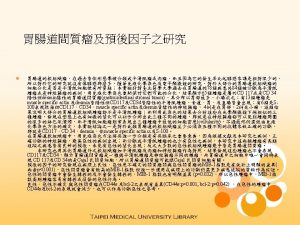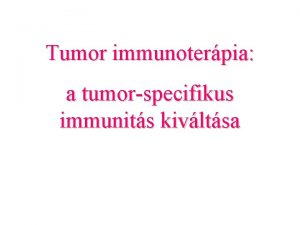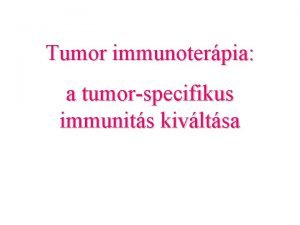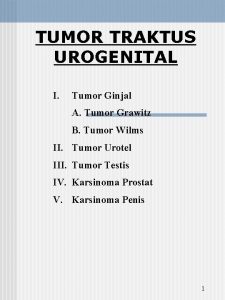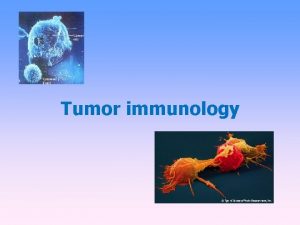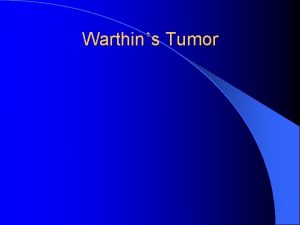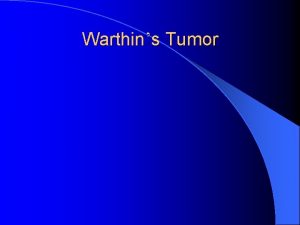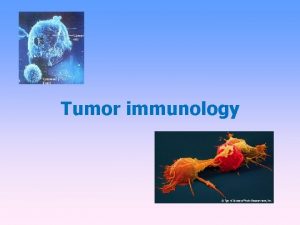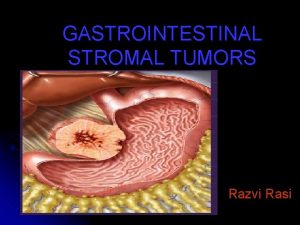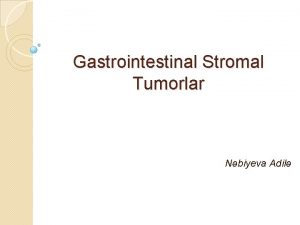Gastrointestinal Stromal Tumor Dr Tsui Ka Kin David



































- Slides: 35

Gastrointestinal Stromal Tumor Dr. Tsui Ka Kin David Department of Surgery North District Hospital 20 th December 2003 Joint Hospital Surgical Grand Round

Contents • • Background Epidemiology Clinical Presentation Pathology Diagnosis & Prognosis Treatment Conclusion Joint Hospital Surgical Grand Round 2003

Background • Until 20 years ago most gastrointestinal mesenchymal tumors were considered to be of smooth muscle origin • Includes leiomyoma (benign) or leiomyosacroma (malignant) Joint Hospital Surgical Grand Round 2003

Background • Mazur and Clark in 1983 reported that many supposed smooth muscle tumors lacked immunohistochemical or electron microscopic evidence of neural immunoreactivity • Hence they suggested that the term Gastrointestinal Stromal Tumor (GIST) would be more appropriate Mazur MT, Clark HB, Am J S Path 1983 7 507 -19 Joint Hospital Surgical Grand Round 2003

Background • With the frequent use of immunohistochemical studies, Interstitial cells of Cajal, an intestinal pacemaker cell, showed similar features to GIST: – Positive for c-kit and CD 34 – Negative for desmin and S-100 • Proposed as the cellular origin of GIST Joint Hospital Surgical Grand Round 2003

Gastrointestinal Stromal Tumor • GIST express a growth factor receptor with tyrosine kinase activity term KIT • KIT was a product of proto-oncogene c-kit, can be detected by immunohistochemical staining for CD 117 Joint Hospital Surgical Grand Round 2003

Gastrointestinal Stromal Tumor • ALL GISTs are immunohistochemically positive for KIT (CD 117) • 70% of GISTs also showed positive for CD 34, 20% showed positive for smooth muscle actin Joint Hospital Surgical Grand Round 2003

Epidemiology • Account for 0. 1% to 3% of all GI neoplasms • 150 new cases / yr in US • Occurs predominantly middle-aged or older-aged group, median age = 60 • Equal sex distributions • Locations: – Stomach – Intestine – Oesophagus 60 -70% 20 -25% 2 -3% Joint Hospital Surgical Grand Round 2003

Presentation • • • Bleeding Ulceration Palpable Mass Pain Metastasis (Local invasion rather than lymph node metastasis) • Asymptomatic Joint Hospital Surgical Grand Round 2003

Pathology • 2 broad cytological types: – Spindle cell GIST (60 -70%) – Epithelioid GIST Joint Hospital Surgical Grand Round 2003

Genetics • Loss of chromosomes 14 and 22 are common in both benign and malignant GIST • Loss of chromsomes 1 p and 9 p are reported less frequently Berman JJ et al, GIST Workshop 2001 Joint Hospital Surgical Grand Round 2003

Pathogenesis • Within recent years, discovered that most GIST had mutation in c-kit proto-oncogene • Most of them are mutations of exon 11 • Results in activation of KIT receptor tyrosine kinase and an unopposed stimulus of cell growth Joint Hospital Surgical Grand Round 2003

KIT Mutations Stem Cell Factor Kinase Enzyme Domain (Extracellular Portion) (Intracellular Portion) Homodimerization Activation of KIT kinase Phosphorylation Tumerigenesis (Proliferation, adhesion, apotosis and differentiation) Joint Hospital Surgical Grand Round 2003

KIT mutations • These mutant KIT are more likely to be high grade tumor with frequent recurrence and higher mortality Joint Hospital Surgical Grand Round 2003

Diagnosis • GI Endoscopy Joint Hospital Surgical Grand Round 2003

Diagnosis • Endoscopic Ultrasound (EUS) Joint Hospital Surgical Grand Round 2003

Diagnosis • CT scan Joint Hospital Surgical Grand Round 2003

Prognosis • Most significant indicators are: – Tumor size – Mitotic index – Resection margin • Approximate 30% GIST are malignant • 40% had recurrence after resection Joint Hospital Surgical Grand Round 2003

Prognosis Fletcher CD et al, Hum Pathol 2002 33 459 -65 Joint Hospital Surgical Grand Round 2003

Survival • Regardless of presentation, diseasespecific survival rates for malignant GISTs are: – 1 year – 3 years – 5 years 69% 38 -44% 29 -35% De. Matteo RP et al, Ann Surg 2000 231(1) 51 -8 Joint Hospital Surgical Grand Round 2003

Treatment • Surgery remains primary treatment for GIST • Extent of excision ? • Lymphatic dissection ? • Method - ? Open surgery vs Laparoscopic wedge excision De. Matteo RP et al, Ann Surg 2000 231(1) 51 -8 Joint Hospital Surgical Grand Round 2003

Surgery • Langer et al had retrospective review of 48 GISTs from 39 patients in which complete surgical resection is the most important means of cure • Resection margin status strongly influences outcome (R 0 – no residual tumor, R 1 – microscopic residual tumor, R 2 – macroscopic residual tumor) Langer C et al, Br J Surg 2003 90(3) 332 -9 Joint Hospital Surgical Grand Round 2003

Surgery • Overall risk of recurrence of GIST was high even for complete resection with no residual tumor (R 0 resection) • Place for development of adjuvant therapy Langer C et al, Br J Surg 2003 90(3) 332 -9 Joint Hospital Surgical Grand Round 2003

Surgery • Aim to have complete resection (en bloc removal) of all gross disease • Incomplete resection should only performed for palliation of symptoms due to bleeding, pain or mass effect Joint Hospital Surgical Grand Round 2003

Surgery • Localized Gastric GIST – Wedge excision with negative margins • Extensive Gastric GIST – Total gastrectomy or en bloc resection of adjacent organs • Small bowel / Colon GIST – Segmental removal + Removal of contigous organs Joint Hospital Surgical Grand Round 2003

Surgery • No differences in terms of survival was noted between patients with systemic lymph node dissection and those not having LN dissection Yoshida M et al, World J Surg 1007 21 440 -3 • But essential to avoid tumor spillage which have been associated with increase risk of peritoneal recurrence Pidhorecky I et al, Ann Surg Onco 2000 7(9) 705 -12 Joint Hospital Surgical Grand Round 2003

Other Treatment • Poor response to chemotherapy and radiotherapy Joint Hospital Surgical Grand Round 2003

New Treatment • KIT-selective tyrosine kinase inhibitor, Imatinib mesylate, STI 571, commercially known as Gleevec / Glivec (Novartis Pharma) was started to treat advance GIST Demetri et al, N Eng J Med 347: 472 -80 Joint Hospital Surgical Grand Round 2003

Mechanism of Imatinib Stem Cell Factor Kinase Enzyme Domain (Extracellular Portion) (Intracellular Portion) Homodimerization Activation of KIT kinase Imatinib (Gleevec / Glivec) Phosphorylation Tumerigenesis (Proliferation, adhesion, apotosis and differentiation) Joint Hospital Surgical Grand Round 2003

New Treatment with Imatinib Joint Hospital Surgical Grand Round 2003

New Treatment with Imatinib • Multicentre trial of imatinib for the treatment of irresectable or metastatic GIST was initiated in July 2000 • Partial response rate (at least 50% decrease in size of lesion) was 53. 7% • 13. 6% showed disease progression • 1 year survival was 88% Demetri et al, N Eng J Med 347: 472 -80 Joint Hospital Surgical Grand Round 2003

New Treatment with Imatinib • Its role in adjuvant or neoadjuvant therapy is still not well studied yet Joint Hospital Surgical Grand Round 2003

Summary • GIST is defined as KIT (CD 117) positive mesenchymal tumor in GI tract • Frequent mutations in GIST resulted in KIT signalling and thus uncontrolled cell proliferation and resistance to apoptosis • Primary treatment is surgery with en bloc resection Joint Hospital Surgical Grand Round 2003

Summary • Imatinib (Gleevec/Glivec) is selective inhibition of tyrosine kinase which was effective in advance / metastatic GIST • Clinical trials of neoadjuvant and adjuvant use of imatinib are planned Joint Hospital Surgical Grand Round 2003

Thank You Joint Hospital Surgical Grand Round
 Seks kord
Seks kord Dr kin tsui
Dr kin tsui Hikmet hassa
Hikmet hassa Ricky tsui
Ricky tsui Pathophysiology of intestinal obstruction
Pathophysiology of intestinal obstruction Gastrointestinal hormones
Gastrointestinal hormones Functional constipation vs hirschsprung
Functional constipation vs hirschsprung Gastrointestinal medical terminology breakdown
Gastrointestinal medical terminology breakdown Gastrointestinal tract
Gastrointestinal tract Metformin and constipation
Metformin and constipation Gastinoma
Gastinoma Sigid djuniawan
Sigid djuniawan Gastrointestinal tüp aracılığıyla ilaç uygulama
Gastrointestinal tüp aracılığıyla ilaç uygulama Foregut
Foregut Focused gi assessment
Focused gi assessment Distal organ
Distal organ Emt chapter 18 gastrointestinal and urologic emergencies
Emt chapter 18 gastrointestinal and urologic emergencies Mesenterio
Mesenterio Sinal de lichtenberg medicina legal
Sinal de lichtenberg medicina legal Gastrointestinal structure
Gastrointestinal structure Embriologia del sistema gastrointestinal
Embriologia del sistema gastrointestinal Composition of stomach
Composition of stomach Hirschsprung disease nursing management
Hirschsprung disease nursing management Chapter 15 the gastrointestinal system
Chapter 15 the gastrointestinal system Sistema digestorio
Sistema digestorio Endojen opiatlar
Endojen opiatlar Gastrointestinal tract
Gastrointestinal tract Peristalsis and segmentation
Peristalsis and segmentation Motilidad gastrointestinal
Motilidad gastrointestinal Life orientation grade 7 term 2 activities
Life orientation grade 7 term 2 activities Kin 240
Kin 240 Wong kin man
Wong kin man Kin 257
Kin 257 Andrzej kin
Andrzej kin Kin 464
Kin 464 Khi cho nam châm chuyển động qua một mạch kín
Khi cho nam châm chuyển động qua một mạch kín


